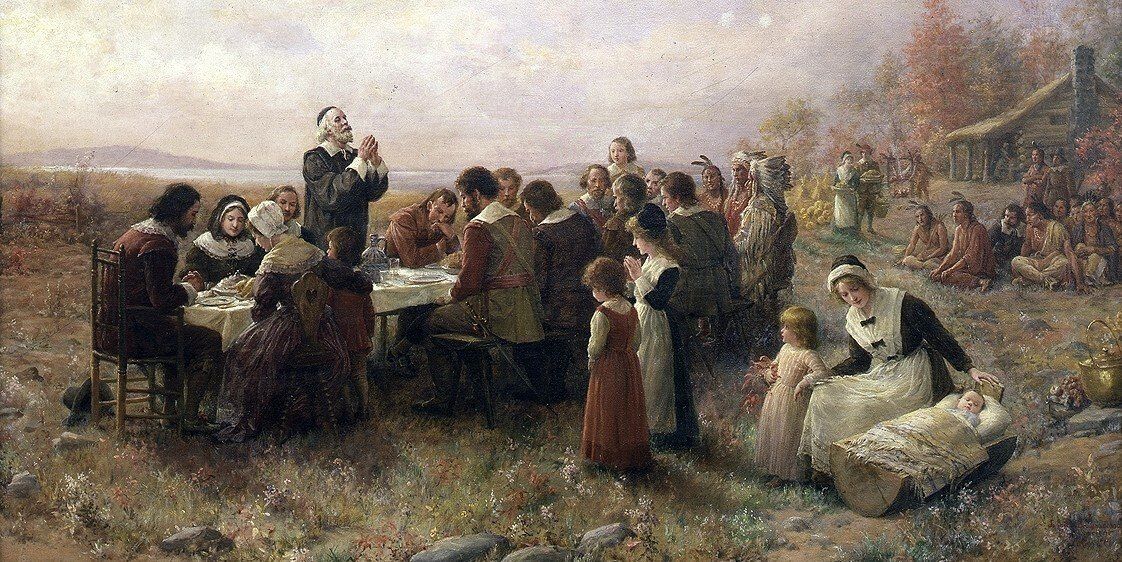The Last Days
The prophet Joel says (2:27) that “ It shall come to pass afterward that I will pour out My Spirit upon all flesh …” — but, “after what?” Luke records the words of the Apostle Peter preached on the Day of Pentecost in Acts 2:17, in which, I think, Peter answers this question. He says that Joel’s “ afterward ” most likely refers to a time he calls the “ last days ” (Acts 2:17). Thus the word “ afterward ” must point to the time after the Messianic visitation to the Jews during the second temple period, to what the Bible calls the “ times of the Gentiles ” (Luke 21:24, Romans 11:25).
By now, you may be asking, “What are you trying to say?” Well, Luke states that during this “ last days ” period, there will be significant signs in the earth and the heavens particularly for those that love and look for Christ’s appearing (Acts 2:19-20). It is very meaningful to this topic that during the Creation Week Moses identified the lights in the heavens to be the regulators of day and night, and to be specially determined for “ signs, seasons, days and years” (Genesis 1:14). The “ days ” and “ years ” mentioned here are pretty much what they are today. However, the Hebrew word “ sign ” ( ōth ), means signal, indication or warning, and the word “ seasons ,” Hebrew mō·ād′, refers to appointed times such as Jewish ceremonial feasts, holy days, God appointed gatherings, etc., and not, as many suppose, to spring, summer, fall or winter.
During total lunar eclipses, the sun, moon and earth appear extremely unique. The sun is obscured by the earth and appears extremely darkened or diminished, with only a small margin of light appearing around its exposed edge. The moon appears red (like blood), which is due to the muted light reflected from the sun. It is interesting that researcher Barry Satterfield says that when a full lunar eclipse occurs, and it falls on Jewish holy days such as Passover or Tabernacles, these particular eclipses are often referred to as “blood moons,” principally, Satterfield thinks, because of the blood-spilling, sacrificial nature of these Jewish holy days.
By the end of this month, we will have witnessed the completion of the fourth tetrad since 1493. The probability of this happening by mere coincidence boggles the mind. But the probability is much greater when there are four lunar eclipses in a year and they all also occur in close proximity to Jewish holy days. During the tetrad of 2014-2015 (the word tetrad is the name NASA assigned to four total eclipses in one year), the first one occurred on April 15, 2014, which was also the beginning of Passover. The second occurred the day before Tabernacles, October 8. The third was on April 4, 2015, which also began at the beginning of Passover. The last in this tetrad is scheduled to take place on September 28, which is the day before the week of Sukkot (Tabernacles).
This scenario requires serious thought, even prayer, to determine whether or not these eclipses are mere coincidences, simply a matter of naturalistic science, or a divine sign in the heavens. I point you to the words of Jesus…He admonished us to be ready (Matthew 24: 44)!
Thanks for all your prayer and support for this ministry…God bless!
G. Thomas Sharp



